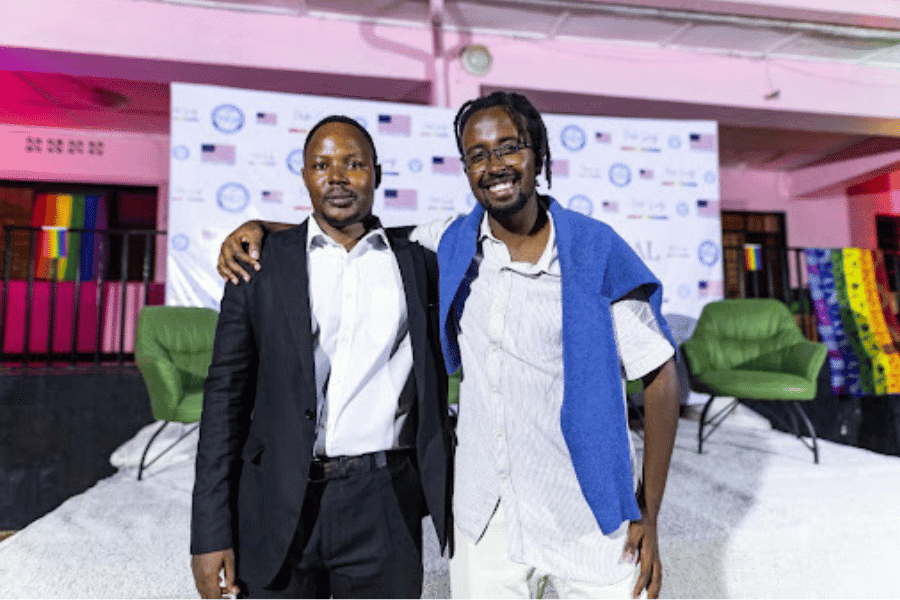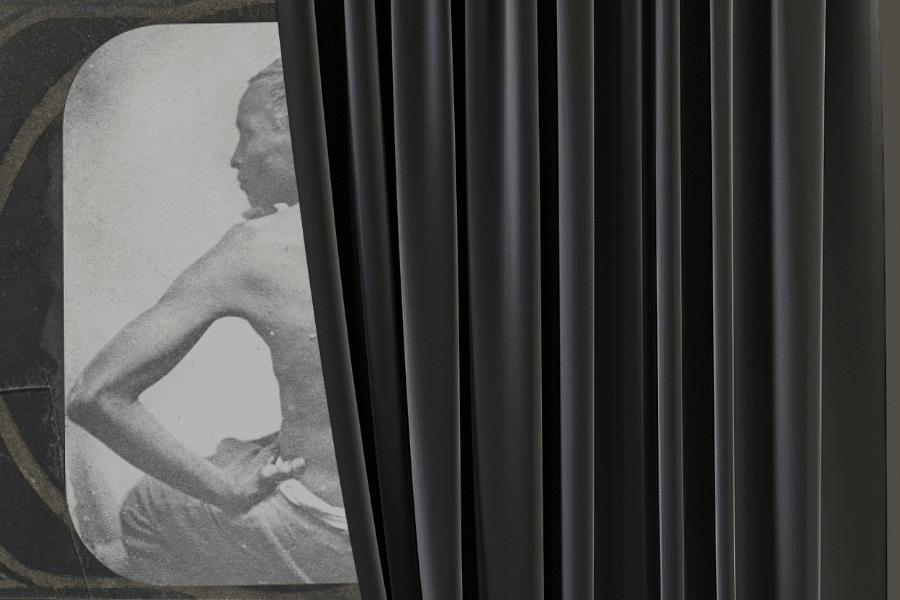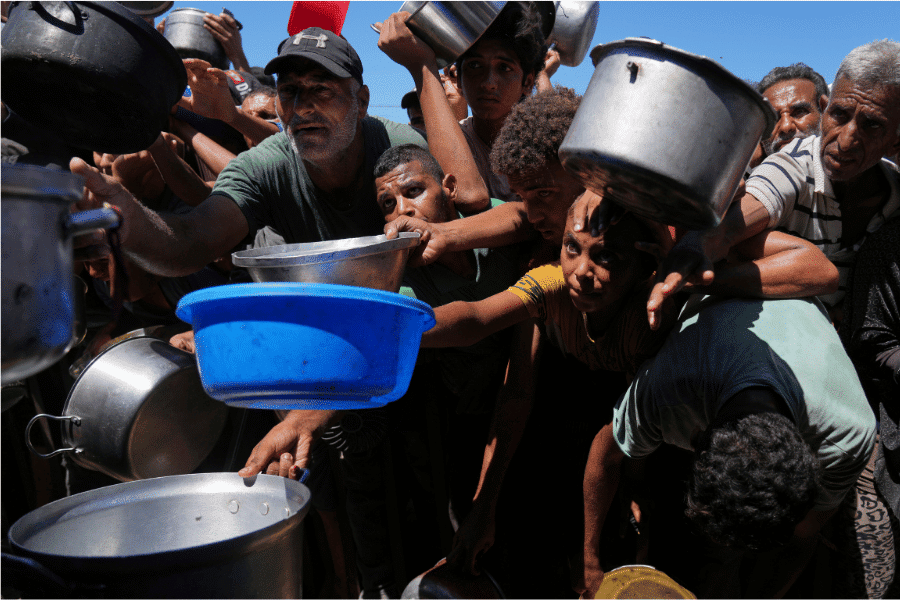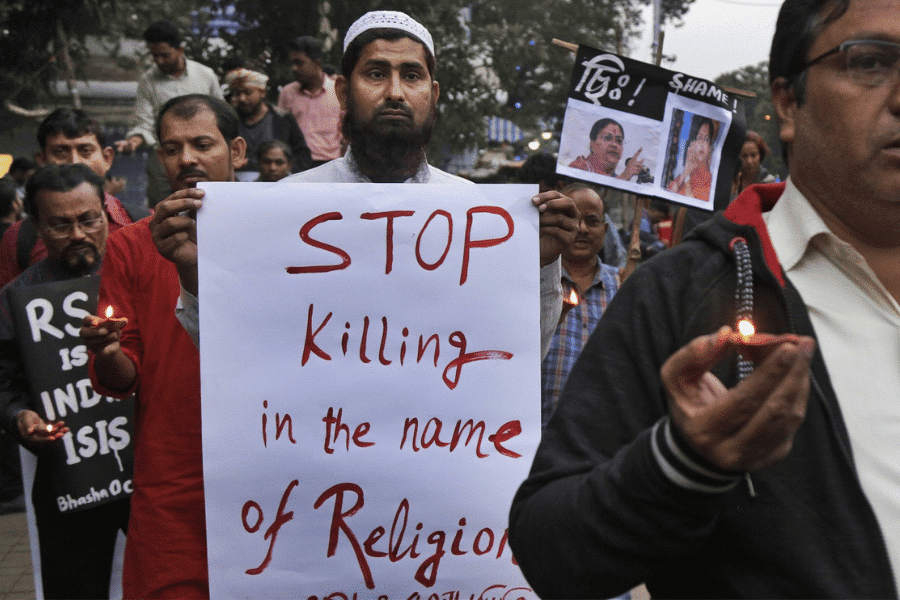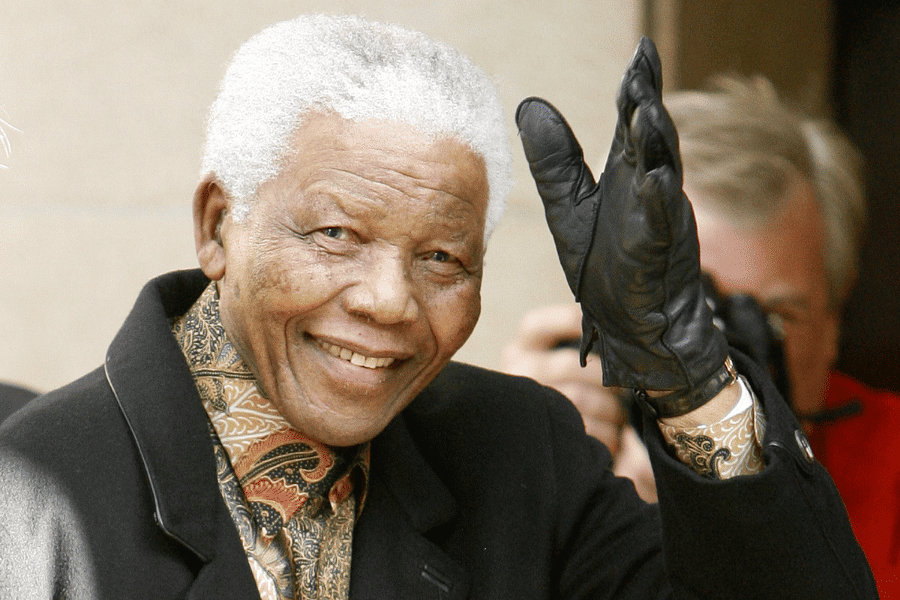Jaffarabad, Balochistan: When floodwaters swept through Shaista’s village in 2022, they didn’t just take her family’s home and farmland, they also took away her childhood. Just 14 years old, Shaista was married off to a man twice her age in exchange for a small dowry.
Her father, a daily wage laborer, said it was the most painful decision he has ever made.
“I didn’t want to do it,” he said, his eyes fixed on the cracked earth where his fields used to be. “But I have four other children to feed and no land to farm. We lost everything.”
Stories like Shaista’s are becoming increasingly common across Balochistan, Pakistan’s poorest province. In 2022, devastating floods there driven by record-breaking monsoon rains and accelerated glacial melt linked to climate change, displaced over 1.5 million people.
There is worldwide recognition that extreme weather events — not just floods, but drought, heatwaves, tornados and hurricanes — are becoming more frequent and less predictable as the planet warms. These events have devastating and long-term consequences for people in poor regions.
Young girls as assets
In districts like Jaffarabad and Chowki Jamali, the aftermath of the disaster has left families grappling with deepening poverty, food insecurity and crushing debt. For many, marrying off their young daughters is no longer just a tradition, it’s a form of survival.
A 2023 survey by the Provincial Disaster Management Authority reported a 15% spike in underage marriages in flood-affected regions. Child rights activists warn that these numbers likely underestimate the scale of the crisis, as most cases go unreported.
“In flood-hit areas, families are exchanging their daughters to repay loans, buy food or simply reduce the number of mouths to feed,” said Maryam Jamali, a social worker with the Madad Community organization. “We’ve documented girls as young as 12 being married to men in their forties or fifties. This isn’t about tradition anymore, it’s desperation.”
Bride prices, once a source of negotiation and family prestige, have plummeted due to the economic collapse. Activists report instances where girls are married for as little as 100,000 Pakistani rupees (roughly US$360), or in some cases, simply traded for livestock or debt forgiveness.
“There are villages where girls are married off like assets being liquidated,” said Sikander Bizenjo, a co-founder of the Balochistan Youth Action Committee. “It’s not just a violation of rights, it’s a systemic failure rooted in climate vulnerability, poverty and legal gaps.”
Marriage as debt payment
In Usta Muhammad, another flood-ravaged district, 13-year-old Sumaira (name changed) was married off just weeks after her family’s mud house collapsed. Her parents received 300,000 rupees (a little over $1,000) from the groom’s family, which they used to rebuild their shelter and repay moneylenders.
Now pregnant, Sumaira, has dropped out of school and rarely leaves her husband’s house.
“I miss my friends and school,” she told us softly. “I wanted to become a teacher. But my parents said there was no other way.”
Child marriages like Shaista’s and Sumaira’s carry lasting consequences: early pregnancies that endanger both mother and child, disrupted education, psychological trauma and lifetime economic dependence.
A study following the 2010 floods found maternal mortality rates in some affected regions were as high as 381 per 100,000 live births, one of the highest in the world.
“These girls are thrust into adult roles before they’re ready,” said Dr. Sameena Khan, a gynecologist in Quetta. “They face dangerous pregnancies, and many have no access to medical care. Their childhood ends the moment they say ‘yes’ or are forced to.”
Giving girls an alternative to marriage
The crisis unfolding in Balochistan is not unique. Across the world, climate shocks and civil strife are causing displacement that intensifies the risk of child marriage.
In 2024, News Decoder correspondent Katherine Lake Berz interviewed 14-year-old Ola, who nearly became a child bride after her Syrian family, displaced by war and facing severe poverty, began arranging her marriage to an older man. But before that coil happen, Ola was able to enroll in Alsama, a non-governmental organization that provides secondary education to refugee girls. In less than a year, she was reading English at A2 level.
Alsama, which has more than 900 students across four schools and a waiting list of hundreds, has been able to show girls and their parents that education can offer an alternative path to security and dignity.
In Balochistan, the absence of legal safeguards compounds the crisis. The Sindh province banned child marriage in 2013 under the Sindh Child Marriage Restraint Act which set the legal age at 18 for both girls and boys. But Balochistan has yet to enact a comparable law.
Nationally, Pakistan remains bound by the UN Convention on the Rights of the Child, which requires nations to end child marriage but enforcement remains patchy. And Pakistan is not one of the 16 countries that have also signed onto the Convention on Consent to Marriage, Minimum Age for Marriage and Registration of Marriages, which forbids marriage before a girl reaches puberty and requires complete freedom in the choice of a spouse.
Pakistan needs to reform its laws, said human rights lawyer Ali Dayan Hasan. “Without a clear provincial law and mechanisms to enforce it, girls are at the mercy of social pressure and economic collapse,” Hasan said. “We need legal reform that matches the urgency of the climate and humanitarian crises we are facing.”
Attempts to introduce child marriage laws in Balochistan have repeatedly stalled amid political resistance and lack of awareness. Religious and tribal leaders argue that such laws interfere with cultural norms, while government officials cite limited administrative capacity in rural areas.
Bringing an end to child marriages
The solution, experts agree, is multi-pronged: legal reform, economic recovery and access to education.
“We can’t end child marriage without rebuilding livelihoods,” said Bizenjo. “Families need food, land, healthcare and hope. If they can’t survive, they’ll continue to sacrifice their daughters.”
Grassroots organizations like Madad and Sujag Sansar provide vocational training, safe shelters and legal awareness sessions in flood-affected areas. In one case, Sujag Sansar intervened to stop the marriage of 10-year-old Mehtab in Sindh, enrolling her in a sewing workshop instead.
UNICEF estimates that child marriages could increase by 18% in Pakistan due to the 2022 floods, potentially reversing years of progress. The agency is urging governments to integrate child protection into climate adaptation and disaster relief programs.
“Girls must not be forgotten in climate response plans,” said UNICEF Pakistan’s representative Abdullah Fadil. “Their future cannot be the cost of every flood, every drought, every crisis.”
Back in Jaffarabad, Shaista now lives with her husband’s family in a two-room house. Her dreams of becoming a doctor have faded, replaced by household chores and looming motherhood. “I wanted to study more,” she said. “But now I have to take care of others.”
Questions to consider:
1. How does the marriage of young girls connect to climate change?
2. How can societies end the practice of child marriage?
3. Why do you think only 16 countries have signed the UN treaty that requires consent for marriages?


